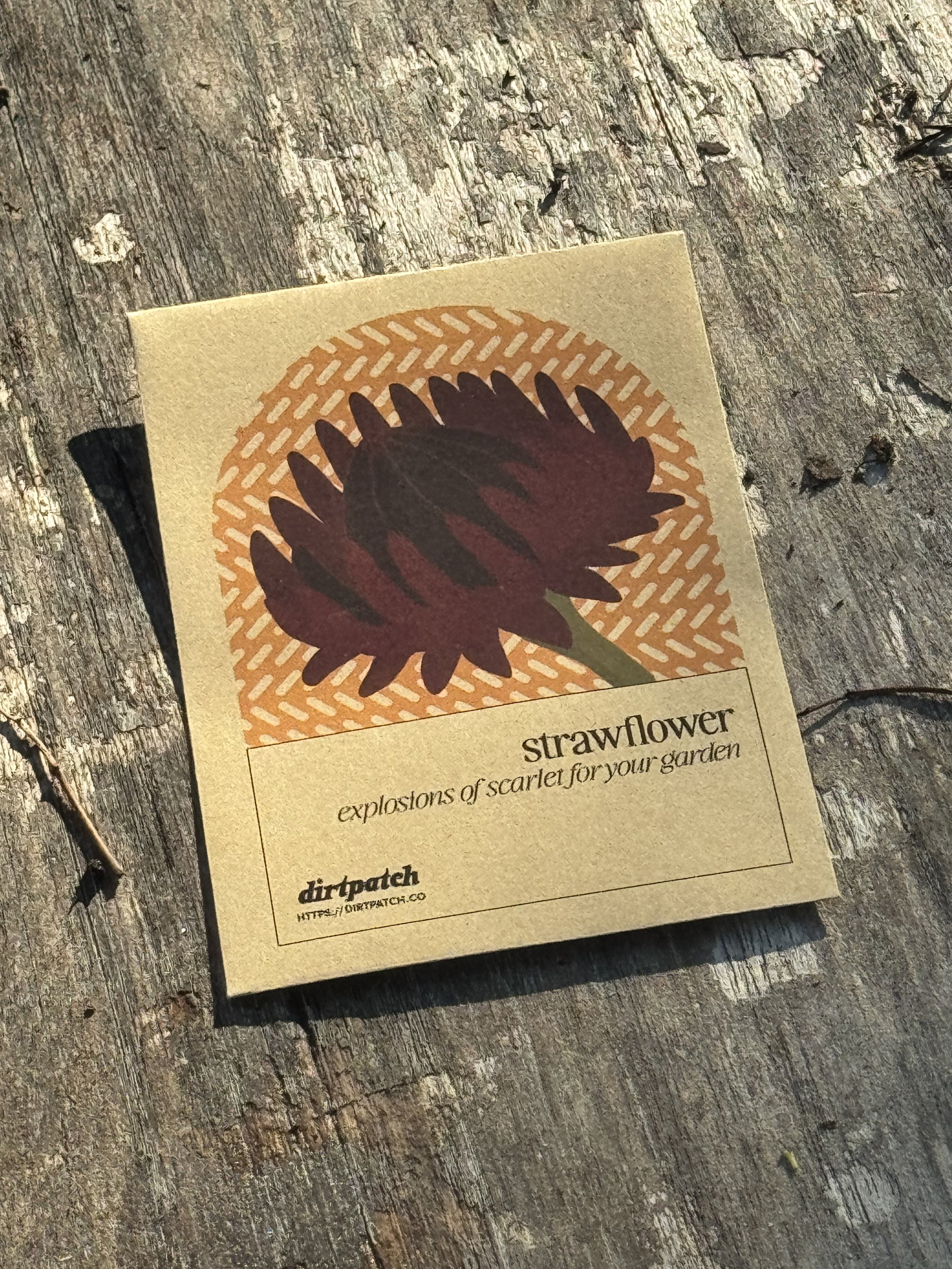Growing Instructions
Strawflower is typically grown as an annual in most areas, but in the warmer regions like Florida it can sometimes behave like a short-lived perennial, returning for 2-3 years. Transplant or direct-sow outside after frost into well-drained soil and full sun. Press seeds lightly into the soil without covering since they need light to germinate. You should see sprouts in about a week. Plants can ultimately reach 24"–36" tall, so give them about a foot of space and consider staking the tallest ones. Pinch the growing tips when plants are 6"–8" high to encourage bushier growth, and remove spent blooms (deadhead) to keep new flowers coming. Strawflowers are low-maintenance and quite drought-tolerant, but for best results water them about once a week during dry spells and provide good airflow to prevent mildew on leaves.
| 👍 Good companions | Nearly any vegetable or herb that benefits from attracting pollinators | ||
| 👎 Bad companions | No known bad companions! | ||
| Growing zones | 8-10 | Crop type | Annual |
| Crop difficulty | Easy | Seed type | Open-Pollinated |
| Sowing method | Both | Containers? | Yes |
| Sun req. | Full Sun | Ideal soil temp. | 65-75°F |
| Days to germination | 7-10 days | Days to maturity | 75-90 days |
| Seed spacing | 10"-12" | Row spacing | 10"-12" |
| Seed depth | Surface" | Needs support? | Maybe |

